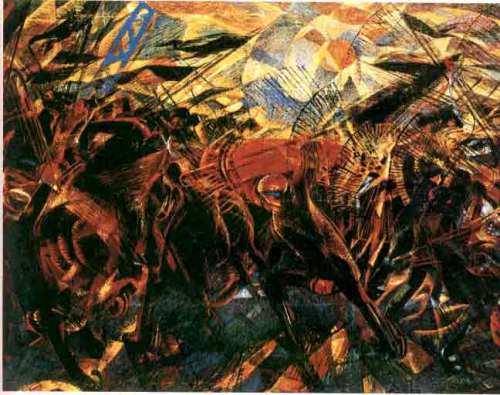Britain After Rome: The Fall and Rise, 400 to 1070 should perhaps have been a different book altogether.
The product of ten years’ work on the part of Robin Fleming, a professor at Boston College (Boston, Massachusetts, USA), Britain After Rome was commissioned by David Cannadine within the Penguin History of Britain series. It covers the huge span of time — nearly seven centuries — that elapsed between the departure of the Roman legions and the arrival of William the Conqueror. As such, it follows in the footsteps of at least two other Penguin volumes: The Anglo-Saxons (James Campbell et al, 1991) and The Beginnings of English Society (Dorothy Whitelock, 1963).
Based on all this, it would not be unreasonable to assume that Britain After Rome was intended as a general introduction to this large, complex and in many ways intractable subject — a book for students, clearly, but perhaps also for the casual museum visitor who has been stunned by the splendour of the Staffordshire Hoard and wants to know more, the casual reader wondering to what degree The Lantern Bearers (1959) makes any sort of historical sense, the anxious observer of current affairs hoping acquire a longer view regarding the challenges, curiosities and catastrophes of our own time.
Yet Britain After Rome in fact strongest precisely at the point where it stops trying to pass itself off as a generalist introduction. Far and away the best thing about the book is the final chapter, “Living and Dying in Early Medieval Britain: The Fifth to Eleventh Century” [sic]. Here, with the end in sight, as it were, Professor Fleming is at last able to bypass aspects of human experience that don’t seem to engage her quite so fully — religion, politics, warfare, agriculture, craftsmanship, linguistics — and can concentrate fully on the part of her subject to which she brings the most obvious energy.











